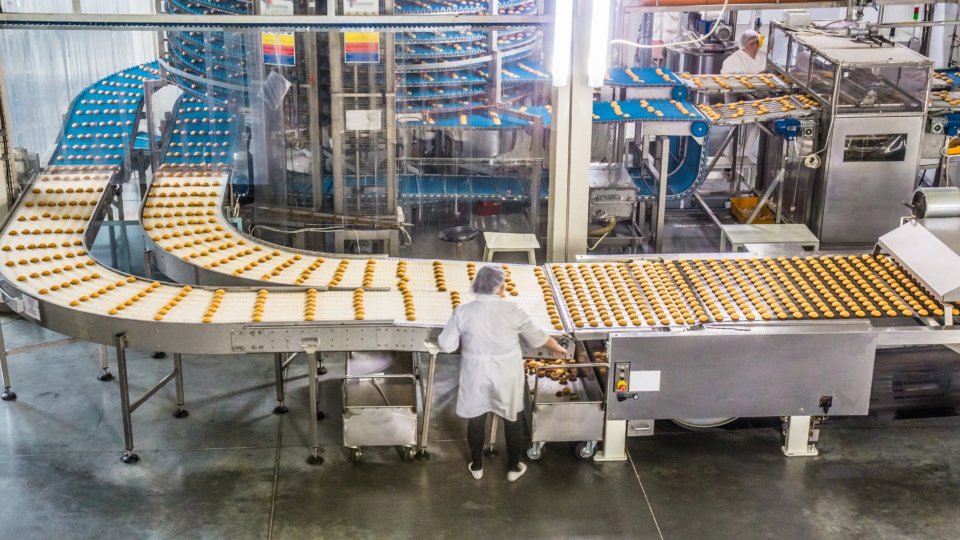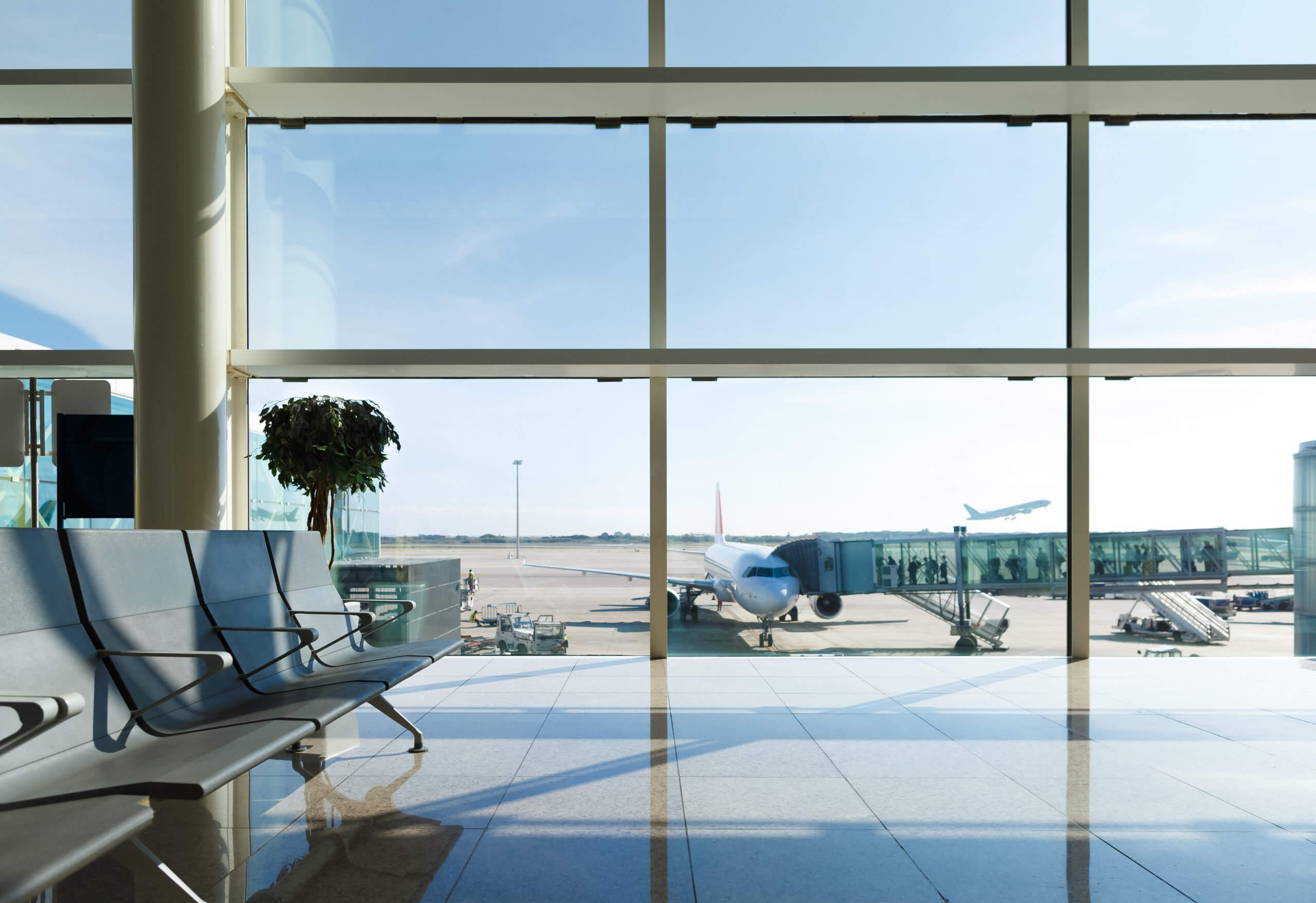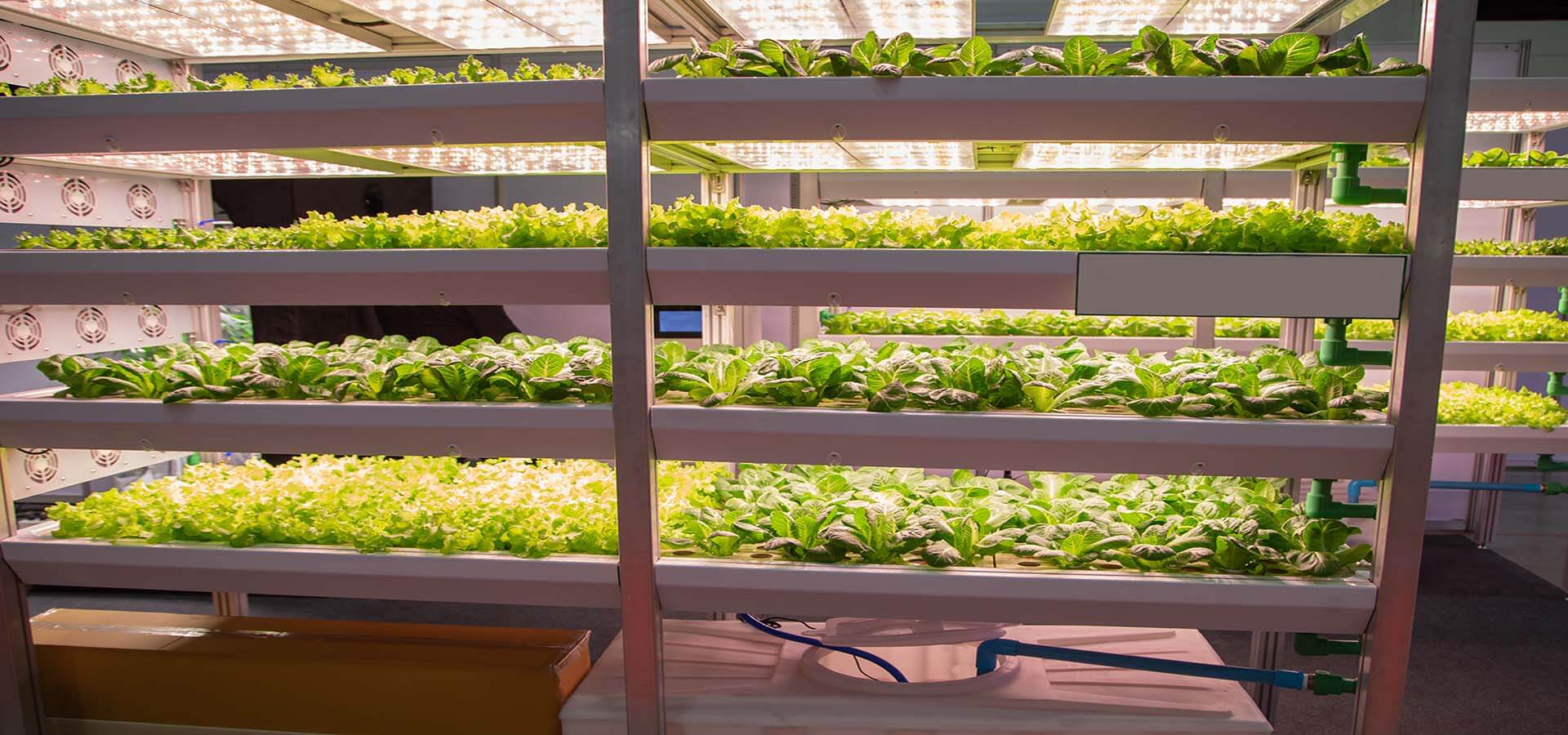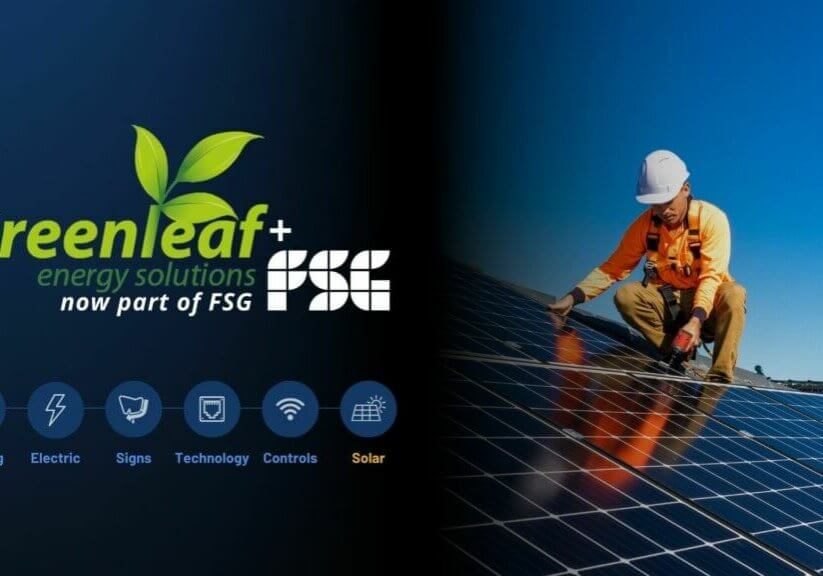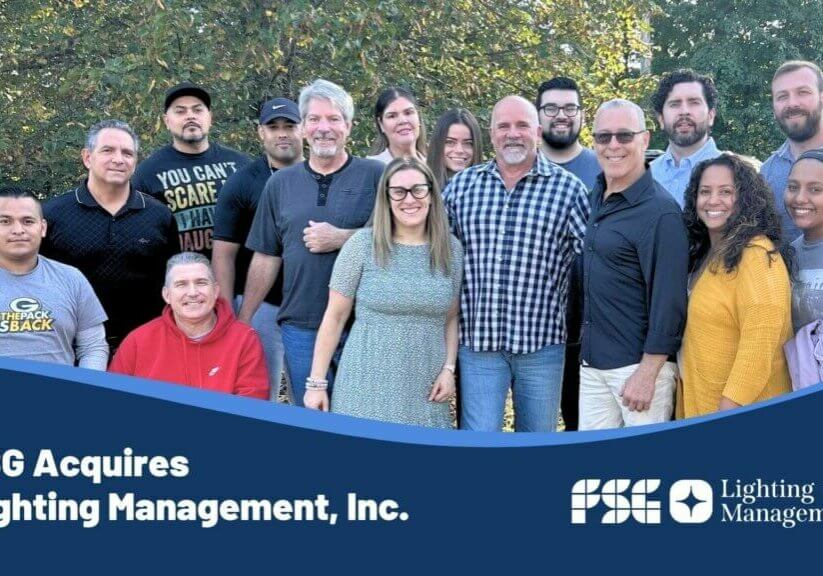How Schools are Disinfecting Their Facilities During COVID-19
Share Article
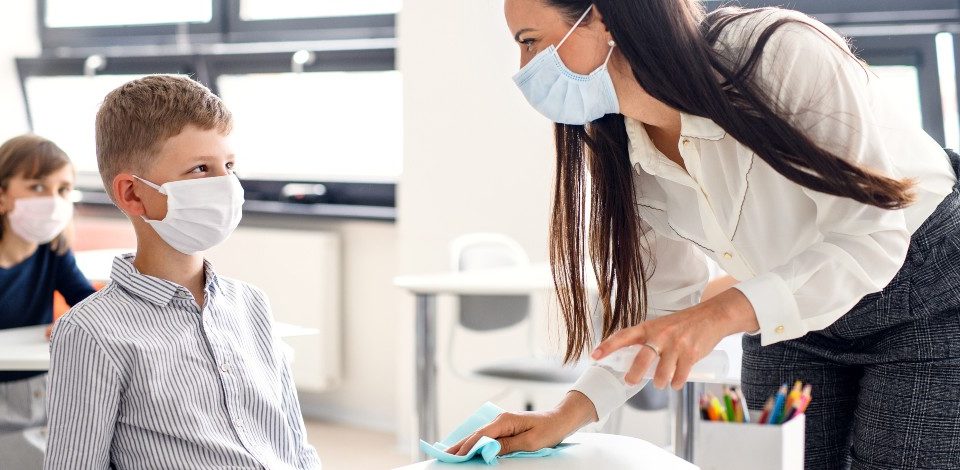
As the 2020-2021 school year approaches, schools across the nation are preparing to reopen their doors to students. Many schools were closed for most of 2020 due to COVID-19 and are now taking the necessary precautions to resume classes in a few short weeks.
Reopening schools, though, comes with challenges that students and teachers must work to overcome. A big part of keeping students safe involves properly disinfecting schools and buses to reduce the spread of COVID-19.
In this article, we will explore some of the disinfectant methods that schools plan to use when they open their doors across the nation.
Face Coverings & COVID-19
In the right conditions, COVID-19 can remain suspended in the air for up to three hours after an infected person sneezes. Virus particles also land on surfaces and can survive there for up to several days.
Face coverings are being worn now more than ever before. The masks not only keep germs confined to a smaller area, but they tend to give the wearer a greater awareness about social distancing and the urgency to be more cautious.
Many school districts are requiring that students wear face masks. While face masks are a great help to reduce the spread of the virus, they are only a part of the solution.
To help reduce the spread of the virus that causes COVID-19, the CDC recommends using multiple mitigation strategies in combination…
“Students, teachers, and staff staying home when sick; appropriately covering coughs and sneezes; wearing cloth face coverings; social distancing; cleaning and disinfecting frequently touched surfaces; and washing hands often with soap and water or using an alcohol-based hand sanitizer with at least 60% alcohol.”
Centers for Disease Control
Disinfecting Common Areas
Stopping the spread requires teachers and cleaning professionals to focus on areas that are most common to human contact. Knowing the areas around a school that are the most likely to spread COVID-19 empowers cleaning staff to pay more attention to trouble spots and further reduce the spread. To properly disinfect a school or college campus, the staff is spending more time on areas that many people touch most frequently throughout the day:
- Doorknobs
- Keyboards
- Sinks
- Rails
- Desks
- Tables
- More
Paying extra attention to these places and other common areas is a powerful tool when it comes to keeping students safe during the outbreak. This can go a long way to prevent students from getting sick, allowing them to have a productive and healthy school year.
Disinfecting and cleaning don’t stop at COVID-19. The Flu causes a large number of school absences each year. In fact, during the 2017-2018 flu season, there were at least 12 states that closed because so many students were calling in sick because of the flu.
Staff Training on Applying Disinfectants
At the start of the COVID-19 outbreak, some school staff used the right products but did not do so the right way. The best cleaning products only work if those who administer them know what they are doing. School officials are training teachers and custodial staff on correct disinfection methods to prevent the spread of viruses and bacteria. Many of these methods are being provided to schools by the CDC.
School staff must also read the label and understand all warnings and guidelines for safe use. For example, the CDC says, “Disinfection usually requires the product to remain on the surface for a certain period of time (e.g., letting it stand for 3 to 5 minutes).”
If the products are sprayed on a surface and wiped off right away, they won’t have enough time to kill the virus.
Disinfection of School Buses
Many students ride the bus to school each day. To keep students safe and prevent them from getting COVID-19, school staff are working together to disinfect buses before and after each use. Cleaning staff can use a number of approved disinfectants to reduce the spread.
Clean buses after dropping students off at school and again after taking them home for the best results. Using EPA-approved disinfectants at least daily will help keep the virus at bay.
Portable UV-C lighting can also be used to give an added layer of protection to school buses. The MTA started using UV-C lighting on New York City Subways in May. Since then they have expanded the program at the maintenance shops in several other locations, to clean over 6,500 train cars.
Several schools are using these lightweight mobile UV-C units to disinfect buses at the end of each day.
Disinfectant Products
Schools use several disinfectant products to keep their facilities clean for students and teachers. Most schools should be using disinfectants that are on the EPA-approved list for use against SARS-CoV-2. That list is here on the EPA.gov website.
Some of the more popular disinfectants on this list:
| EPA Registration Number | Active Ingredient(s) | Product Name | Company | Contact Time (in minutes) |
|---|---|---|---|---|
| 777-99 | Quaternary ammonium; Ethanol (Ethyl alcohol) | Lysol® Disinfectant Spray | Reckitt Benckiser LLC | 2 |
| 777-114 | Quaternary ammonium | Lysol® Disinfecting Wipes (All Scents) | Reckitt Benckiser LLC | 2 |
In addition to this 19 page list of cleaners, the EPA gives more detail for each disinfectant, for example the below information for Lysol® Disinfecting Wipes:
Formulation Type Wipe
Surface Types Hard Nonporous (HN); Food Contact Post-Rinse Required (FCR)Use Sites Healthcare; Institutional; Residential
Why is this product on List N? Kills SARS-CoV-2 (COVID-19); Emerging viral pathogen claim
To kill SARS-CoV-2 (COVID-19), follow disinfection directions for the following pathogen(s) SARS-CoV-2
Date Added to List N 07/23/2020
Disinfecting through HVAC systems
Since COVID-19 virus particles can remain in the air for several hours, proper air filtration goes a long way to reduce the spread of the virus. Many effective filters use activated carbon and ultraviolet light to disinfect the air and kill pathogens.
Researchers at the University of Houston have designed a “catch and kill” air filter that can trap the virus responsible for COVID-19, killing it instantly: Nickel Foam Filter.
Many school facilities have also installed upper-room germicidal UV fixtures which use UV light to disinfect the air circulating through the HVAC system. This type of UV disinfection has been used for years in the hospitals and medical facilities to inactivate viruses and bacteria.
Most modern schools have dated ventilation systems and only require a few upgrades for effective filtration.
Disinfecting with UV-C Light
A few schools are preparing to use ultraviolet light to combat the COVID-19 problem.
UV-C has the shortest wavelength and highest energy output of all ultraviolet light. It’s powerful enough to disrupt the DNA of virus cells and prevent them from replicating.
According to the IES (Illuminating Engineering Society), “UV-C is the only UV light that has been effectively tested to inactivate viruses and kill bacteria, according to several studies” including those in a recent Illuminating Engineers Society (IES) report.
Nixa Schools bought two UV-C light machines to clean classrooms and other parts of the school, and it only takes about 30 minutes to achieve impressive results.
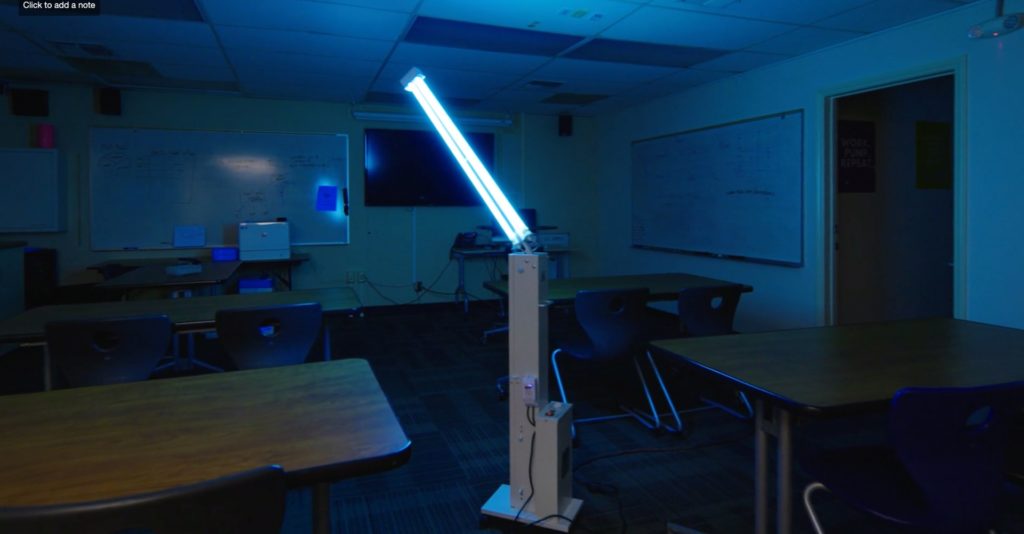
When using UV-C light machines, schools don’t have to worry about chemicals, overspray, or other substances that could have unwanted side effects.
Additional Considerations
Cleaning and disinfecting schools is only one part of the puzzle. If you want to keep the spread under control so that students can learn safely, education and monitoring are additional keys to your success. Schools should be communicating with students and parents about the signs and symptoms of COVID-19, and telling students to stay home if they might be sick.
Schools should also consider having someone read the temperatures of students as they enter the building for an extra layer of safety. Providing easy access to hand sanitizers and disinfectant wipes for students to use is an effective and inexpensive way to prevent the spread of germs.
Final Thoughts
Getting schools back open this fall is vital. Students need to get back to classroom learning and face to face contact with teachers and friends. To safely make it work, teachers, students, and parents need to be on the same page and have a good line of communication open at all times.
For more considerations for running schools safely this fall, visit the CDC “Considerations for Operating Schools During COVID-19” page.
If you have any questions about disinfecting portable UV-C solutions, upper-room HVAC solutions, or other UV germicidal solutions for schools, you can contact our Guide center at (512) 615-6615. Our trusted advisors will answer your questions and help you get the best solution for your facility.





